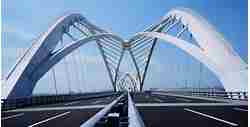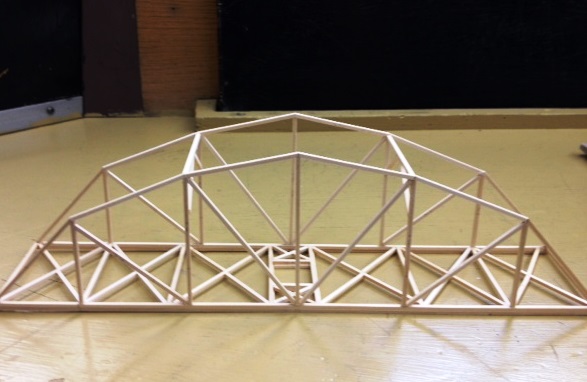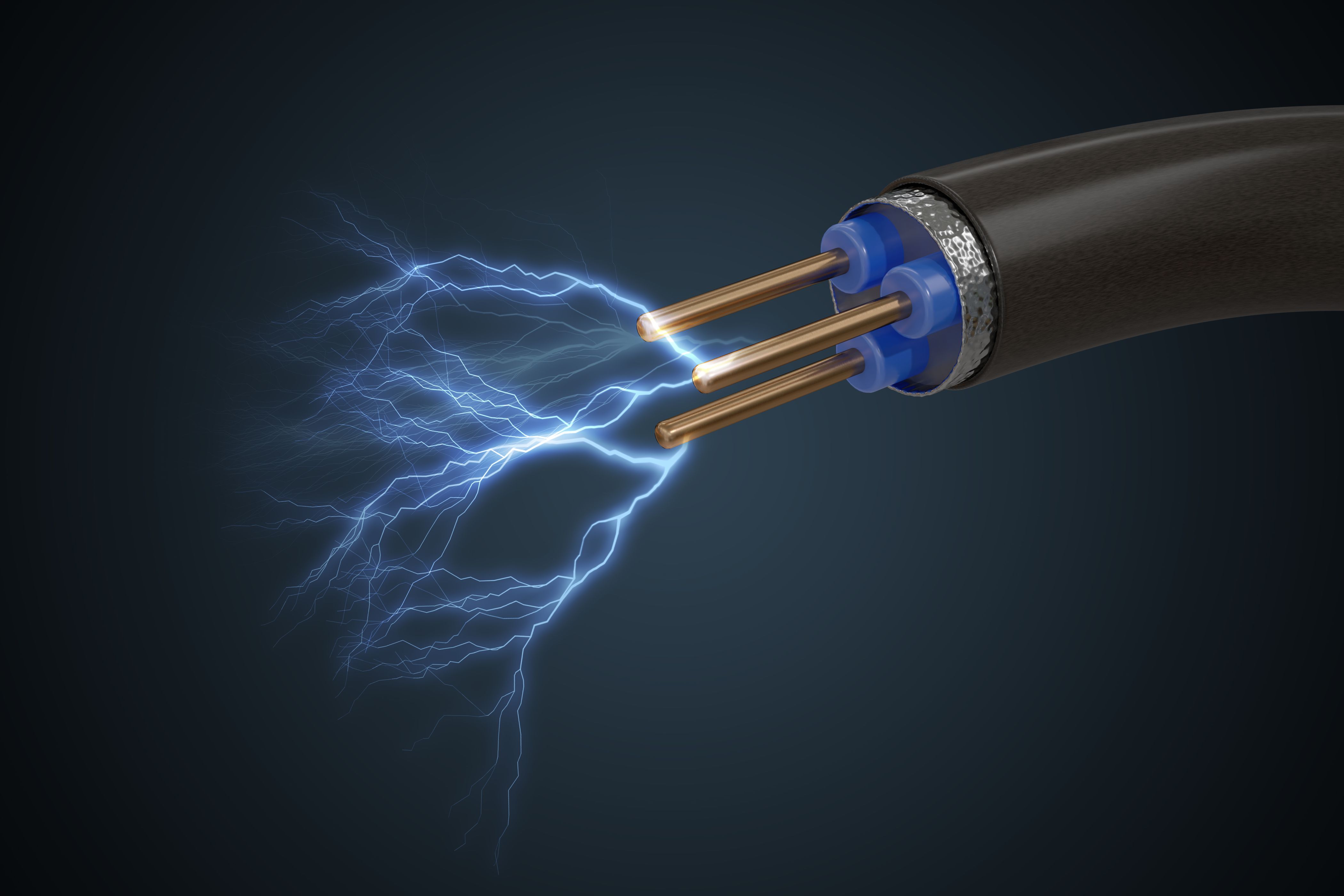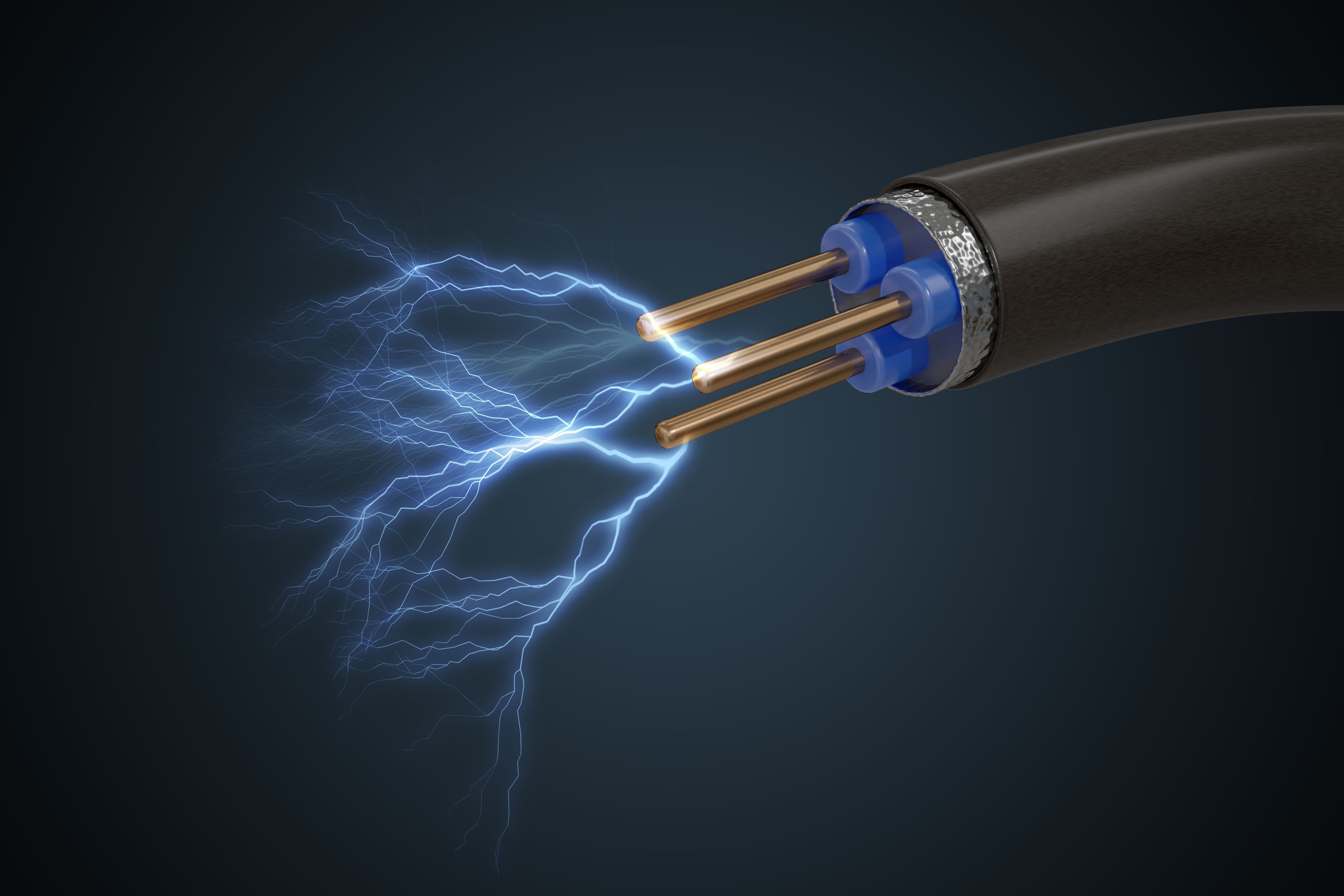Courses by Software
Courses by Semester
Courses by Domain
Tool-focused Courses
Machine learning
POPULAR COURSES
Success Stories
MBD Simulation on a Piston Assembly
Aim: To model and perform motion analysis with different piston positions Introduction: A piston is a component of reciprocating engines, reciprocating pumps, gas compressors, hydraulic cylinders and pneumatic cylinders, among other similar mechanisms. It is the moving component that is contained by a…
Anandita Gautam
updated on 20 Dec 2020
Aim:
To model and perform motion analysis with different piston positions
Introduction:
A piston is a component of reciprocating engines, reciprocating pumps, gas compressors, hydraulic cylinders and pneumatic cylinders, among other similar mechanisms. It is the moving component that is contained by a cylinder and is made gas-tight by piston rings. In an engine, its purpose is to transfer force from expanding gas in the cylinder to the crankshaft via a piston rod and/or connecting rod.
Components of a piston:
a. Piston Head
b. Connecting Rod
c. Gudgeon Pin
d. End Cap
e. Crank
Modelling and Assembly
1. Start by modelling the parts according to the given assembly file using functions such as Revolve, Mirror etc.
2. Import parts in an Assembly file and start assembling the model with appropriate mates.
3. The piston head should be mated in such a way that it moves only along the y axis. Crank should only rotate about its axis.
4. Assemble rest of parts accordingly.
Motion Analysis
For motion analysis we consider three cases
1. No offset
2. Negative offset of Piston
3. Positive offset of Piston
CASE 1: No offset
The piston and the crank axis are on the same axis with no offset
_1608490893.png)
OUTPUT:
_1608491128.png)
CASE 2: Negative Offset
The piston and crank axes are at an offset of -10mm.
_1608491001.png)
OUTPUT:
_1608491250.png)
CASE 3: Positive Offset
The piston and crank axes are at an offset of +10mm.
_1608491355.png)
OUTPUT:
_1608491476.png)
Comparing all outputs together by superimposing the graphs
_1608491656.png)
Conclusions:
1. When the piston pin is in neutral position and the piston reaches top or bottom dead centre then the rod is straight up & down placing huge load on the rod. The crank has to rotate past TDC(top dead center) or BDC(Bottom Dead Centre) in order to get the piston moving again. This robs a lot of both power and RPMs from the engine.
2. Now with an offset pin, the piston wrist pin is a little offset to one side of the piston therefore the rod is not straight up and down when the piston is at TDC or BDC. This in turn allows the crank to rotate with much less resistance giving the engine more power and speed.
Google Drive Link:
https://drive.google.com/drive/folders/1Jdiz1c-1Kig84NBxRX24J4OmewY_zQH4?usp=sharing
Contains all parts and assembly.
Leave a comment
Thanks for choosing to leave a comment. Please keep in mind that all the comments are moderated as per our comment policy, and your email will not be published for privacy reasons. Please leave a personal & meaningful conversation.
Other comments...
Be the first to add a comment
Read more Projects by Anandita Gautam (8)
Frequency Analysis of a rotating shaft
Introduction: An object's natural frequency is the frequency or rate that it vibrates naturally when disturbed. Objects can possess more than one natural frequency and we typically use harmonic oscillators as a tool for modeling the natural frequency of a particular object. We can apply an unnatural or forced frequency…
09 Sep 2022 01:53 PM IST
MBD Simulation on IC Engine Valve Train
Aim: To model and perform motion analysis on Valve Train Introduction: A valvetrain is a component that is designed to open and close the intake and exhaust valves so that air/fuel mixture can enter and leave the combustion chamber as gases. Nowadays, engines are designed with overhead cam assemblies which are known…
22 Dec 2020 04:18 PM IST
MBD Simulation on a Piston Assembly
Aim: To model and perform motion analysis with different piston positions Introduction: A piston is a component of reciprocating engines, reciprocating pumps, gas compressors, hydraulic cylinders and pneumatic cylinders, among other similar mechanisms. It is the moving component that is contained by a…
20 Dec 2020 07:37 PM IST
Planetary Gear
Aim: To model and run a motion analysis on Planetary Gear System. Introduction: An epicyclic gear train or planetary gear consists of 2-4 gears mounted so that the center of one gear revolves around the center of the other. The planet and sun gears mesh so that their pitch circles roll…
15 Dec 2020 03:36 PM IST
Related Courses






0 Hours of Content

Skill-Lync offers industry relevant advanced engineering courses for engineering students by partnering with industry experts.
Our Company
4th Floor, BLOCK-B, Velachery - Tambaram Main Rd, Ram Nagar South, Madipakkam, Chennai, Tamil Nadu 600042.
Top Individual Courses
Top PG Programs
Skill-Lync Plus
Trending Blogs
© 2025 Skill-Lync Inc. All Rights Reserved.








